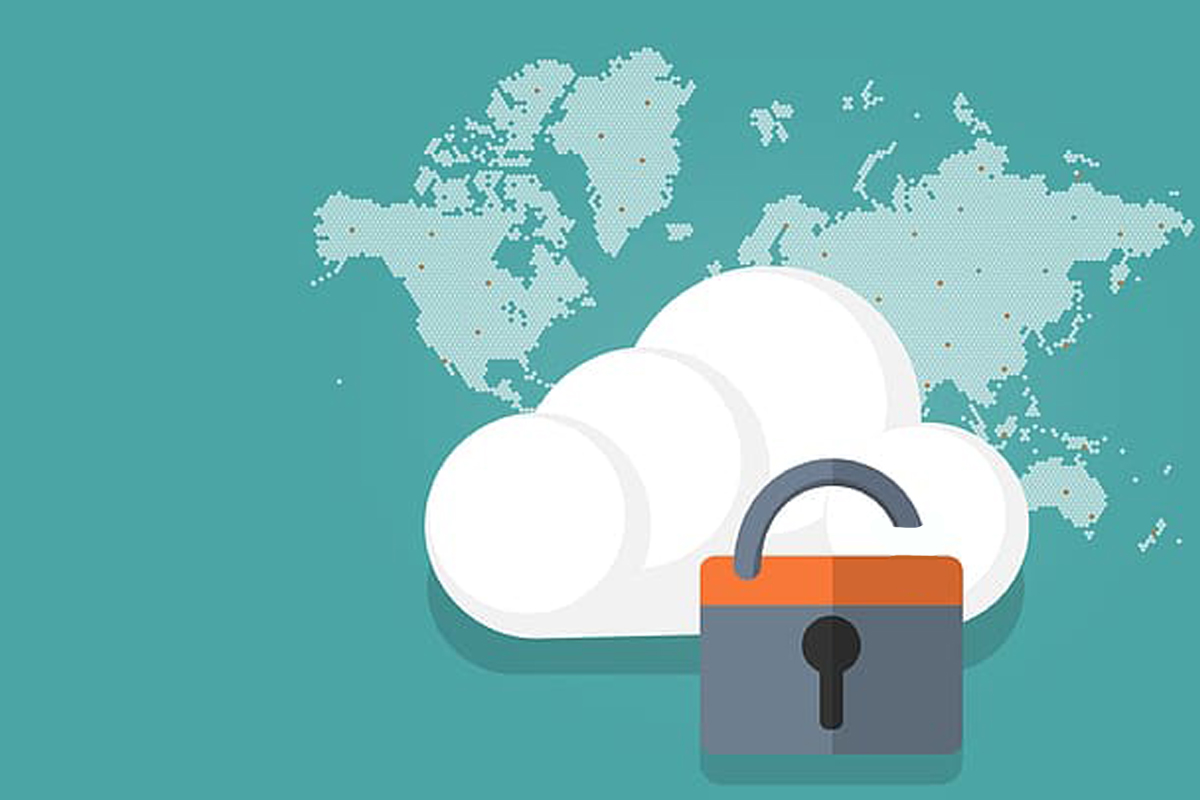Multiple vulnerabilities in SonicWall SonicOS
Vulnerability
January 9, 2025
Multiple vulnerabilities have been discovered in SonicWall SonicOS that could allow for authentication bypass. SonicOS is SonicWall’s operating system designed for their firewalls and other security devices. Successful exploitation of the most severe of these vulnerabilities could allow for authentication bypass on the affected system. Depending on the privileges associated with the system, an attacker could then; view, change, or delete data.
THREAT INTELLIGENCE:
There are currently no reports of these vulnerabilities being exploited in the wild
SYSTEMS AFFECTED:
- Gen6 Hardware Firewalls versions prior to 6.5.5.1-6n
- Gen7 Firewalls versions prior to 7.1.3-7015
- Gen7 NSv versions prior to 7.0.1-5165
- TZ80 versions prior to 8.0.0-8037
RISK:
Government:
- Large and medium government entities: High
- Small government entities: Medium
Businesses:
- Large and medium business entities: High
- Small business entities: Medium
Home users: Low
TECHNICAL SUMMARY:
Multiple vulnerabilities have been discovered in SoincWall products, the most severe of which could allow for authentication bypass. Details of the vulnerabilities are as follows:
Tactic: Initial Access (TA0001):
Technique: Exploit Public-Facing Application (T1190):
- An Improper Authentication vulnerability in the SSLVPN authentication mechanism allows a remote attacker to bypass authentication. (CVE-2024-53704)
- Use of Cryptographically Weak Pseudo-Random Number Generator (PRNG) in the SonicOS SSLVPN authentication token generator that, in certain cases, can be predicted by an attacker potentially resulting in authentication bypass. (CVE-2024-40762)
Details of lower severity vulnerabilities:
- A Server-Side Request Forgery vulnerability in the SonicOS SSH management interface allows a remote attacker to establish a TCP connection to an IP address on any port when the user is logged in to the firewall. (CVE-2024-53705)
- A vulnerability in the Gen7 SonicOS Cloud platform NSv (AWS and Azure editions only), allows a remote authenticated local low-privileged attacker to elevate privileges to `root` and potentially lead to code execution. (CVE-2024-53706)
Successful exploitation of these vulnerabilities could allow an attacker to bypass authentication in the context of the system. Depending on the privileges associated with the system, an attacker could then install programs; view, change, or delete data.
RECOMMENDATIONS:
We recommend the following actions be taken:
- Apply appropriate updates provided by SoincWall to vulnerable systems immediately after appropriate testing. (M1051: Update Software)
- Safeguard 7.1: Establish and Maintain a Vulnerability Management Process: Establish and maintain a documented vulnerability management process for enterprise assets. Review and update documentation annually, or when significant enterprise changes occur that could impact this Safeguard.
- Safeguard 7.4: Perform Automated Application Patch Management: Perform application updates on enterprise assets through automated patch management on a monthly, or more frequent, basis.
- Safeguard 7.6: Perform Automated Vulnerability Scans of Externally-Exposed Enterprise Assets: Perform automated vulnerability scans of externally-exposed enterprise assets using a SCAP-compliant vulnerability scanning tool. Perform scans on a monthly, or more frequent, basis.
- Safeguard 7.7: Remediate Detected Vulnerabilities: Remediate detected vulnerabilities in software through processes and tooling on a monthly, or more frequent, basis, based on the remediation process.
- Apply the Principle of Least Privilege to all systems and services. Run all software as a non-privileged user (one without administrative privileges) to diminish the effects of a successful attack. (M1026: Privileged Account Management)
- Safeguard 4.7: Manage Default Accounts on Enterprise Assets and Software: Manage default accounts on enterprise assets and software, such as root, administrator, and other pre-configured vendor accounts. Example implementations can include: disabling default accounts or making them unusable.
- Safeguard 5.4: Restrict Administrator Privileges to Dedicated Administrator Accounts: Restrict administrator privileges to dedicated administrator accounts on enterprise assets. Conduct general computing activities, such as internet browsing, email, and productivity suite use, from the user’s primary, non-privileged account.
- Prevent access to file shares, remote access to systems, unnecessary services. Mechanisms to limit access may include use of network concentrators, RDP gateways, etc. (M1035: Limit Access to Resource Over Network)
- Use intrusion detection signatures to block traffic at network boundaries. (M1031: Network Intrusion Prevention)
- Safeguard 13.3: Deploy a Network Intrusion Detection Solution: Deploy a network intrusion detection solution on enterprise assets, where appropriate. Example implementations include the use of a Network Intrusion Detection System (NIDS) or equivalent cloud service provider (CSP) service.
- Safeguard 13.8: Deploy a Network Intrusion Prevention Solution: Deploy a network intrusion prevention solution, where appropriate. Example implementations include the use of a Network Intrusion Prevention System (NIPS) or equivalent CSP service.
- Use capabilities to detect and block conditions that may lead to or be indicative of a software exploit occurring. (M1050: Exploit Protection)
- Safeguard 13.10: Performing Application Layer Filtering: Perform application layer filtering. Example implementations include a filtering proxy, application layer firewall, or gateway.
SonicWall:
https://psirt.global.sonicwall.com/vuln-detail/ SNWLID-2025-0003 CVE:
https://cve.mitre.org/cgi-bin/cvename.cgi?name=CVE-2024- 40762
https://cve.mitre.org/cgi-bin/cvename.cgi?name=CVE-2024- 53704
https://cve.mitre.org/cgi-bin/cvename.cgi?name=CVE-2024- 53705
https://cve.mitre.org/cgi-bin/cvename.cgi?name=CVE-2024- 53706





